- #1
Thread Owner
The shopkeeper insisted that I buy these garden ornaments along with my other finds. Since I only needed to add $3, I relented. When I got home, I found out that the platform has a tomoe symbol at the bottom. And the rock is unusually heavy but non-magnetic. I think I just got myself a hammerstone, but not sure what the platform is supposed to be. Can anyone help me identify these two? Thank you very much in advance.
Attachments
-
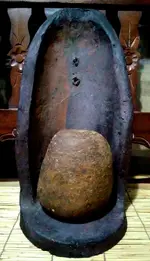 20220812_210420.webp409.4 KB · Views: 80
20220812_210420.webp409.4 KB · Views: 80 -
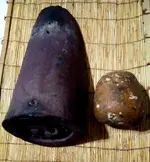 20220812_205921.webp554.1 KB · Views: 77
20220812_205921.webp554.1 KB · Views: 77 -
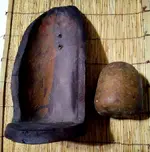 20220812_205847.webp493.8 KB · Views: 79
20220812_205847.webp493.8 KB · Views: 79 -
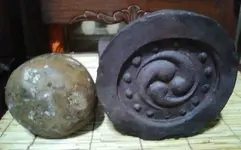 20220812_210516.webp335.6 KB · Views: 74
20220812_210516.webp335.6 KB · Views: 74 -
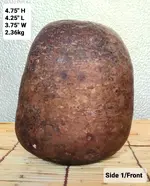 20220812_154624.webp465.3 KB · Views: 79
20220812_154624.webp465.3 KB · Views: 79 -
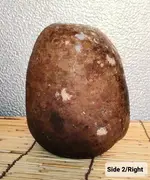 20220812_154644.webp359 KB · Views: 68
20220812_154644.webp359 KB · Views: 68 -
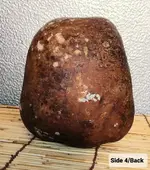 20220812_154654.webp391.3 KB · Views: 65
20220812_154654.webp391.3 KB · Views: 65 -
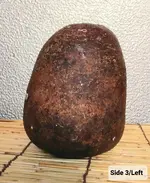 20220812_154706.webp446.2 KB · Views: 66
20220812_154706.webp446.2 KB · Views: 66 -
 20220812_154718.webp451.9 KB · Views: 67
20220812_154718.webp451.9 KB · Views: 67 -
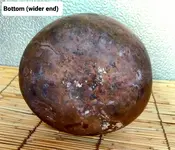 20220812_154729.webp655 KB · Views: 83
20220812_154729.webp655 KB · Views: 83

